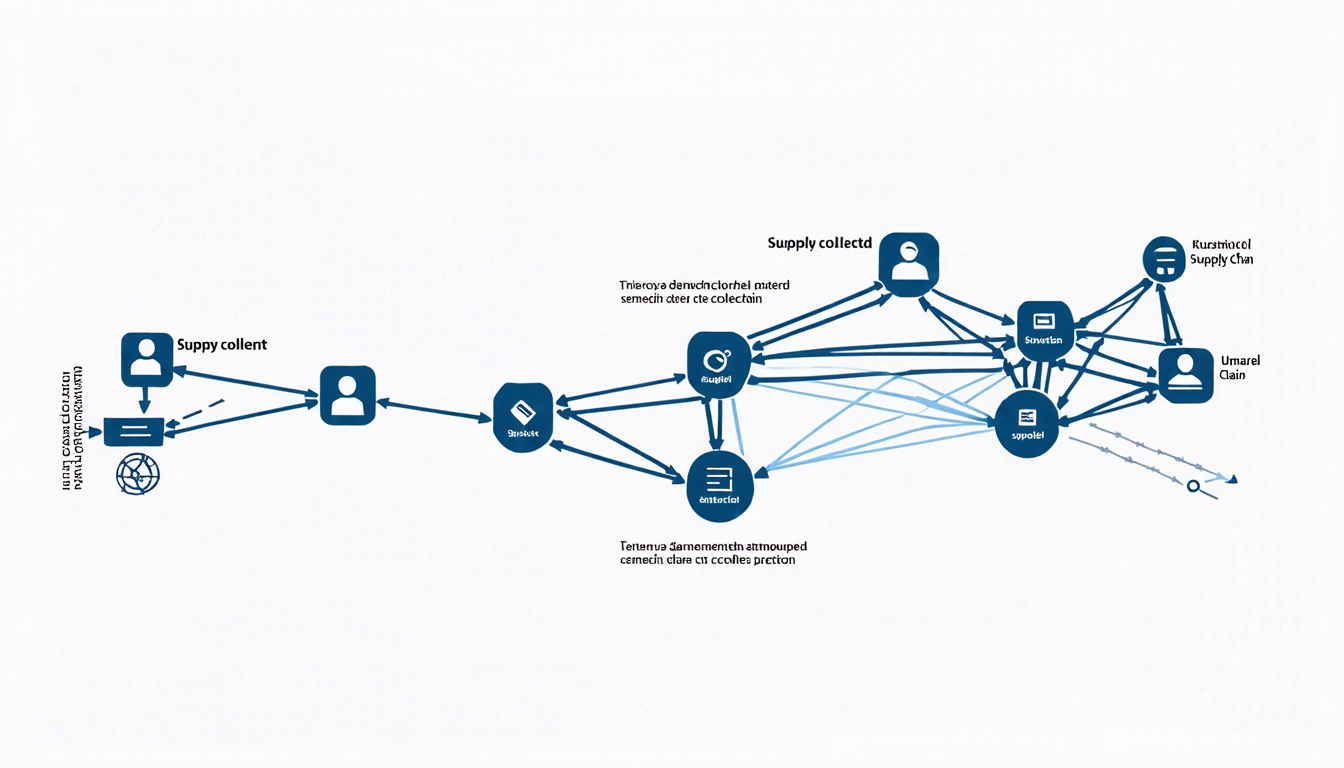Monday 19 May 2025
The quest for more efficient data collection in material flow analysis has led scientists to develop a novel approach that combines Bayesian optimal experimental design and mutual information theory. This innovative method aims to reduce uncertainty in network structure while targeting high-utility data collection.
Material flow analysis is a crucial tool in understanding the movement of resources across supply chains, allowing us to identify opportunities for improvement and optimize resource allocation. However, collecting accurate data on material flows can be challenging due to the complexity of real-world systems and limited availability of information. Traditional methods often rely on simple, approximate models that may not accurately capture the underlying dynamics of material flows.
The new approach, developed by researchers from the University of Michigan, tackles this problem by leveraging Bayesian optimal experimental design (BOED) and mutual information theory. BOED is a statistical method that optimizes data collection to minimize uncertainty in model parameters, while mutual information theory provides a framework for evaluating the importance of different variables in predicting material flows.
In their study, the researchers applied this combined approach to a case study on the US steel industry. By using BOED to identify the most informative data points to collect, they were able to reduce uncertainty in network structure by up to 70%. This reduction in uncertainty enabled them to make more accurate predictions about material flows and identify potential bottlenecks in the supply chain.
The researchers also found that their approach can be adapted to different contexts and scales, making it a versatile tool for a wide range of applications. For example, they envision using this method to optimize data collection in other industries, such as agriculture or energy production.
One of the key benefits of this approach is its ability to integrate multiple sources of information, including data from different sensors, surveys, and models. By combining these diverse data streams, researchers can gain a more comprehensive understanding of material flows and make more informed decisions about resource allocation.
While there are still challenges to overcome in implementing this method, the potential benefits are significant. By optimizing data collection and reducing uncertainty in network structure, scientists can gain a deeper understanding of complex systems and develop more effective strategies for managing resources. As research continues to refine this approach, it may become an essential tool in the quest to create a more sustainable and efficient future.
Cite this article: “Optimizing Data Collection for Material Flow Analysis”, The Science Archive, 2025.
Material Flow Analysis, Bayesian Optimal Experimental Design, Mutual Information Theory, Data Collection, Supply Chain Management, Steel Industry, Uncertainty Reduction, Predictive Modeling, Resource Allocation, Sustainability.







